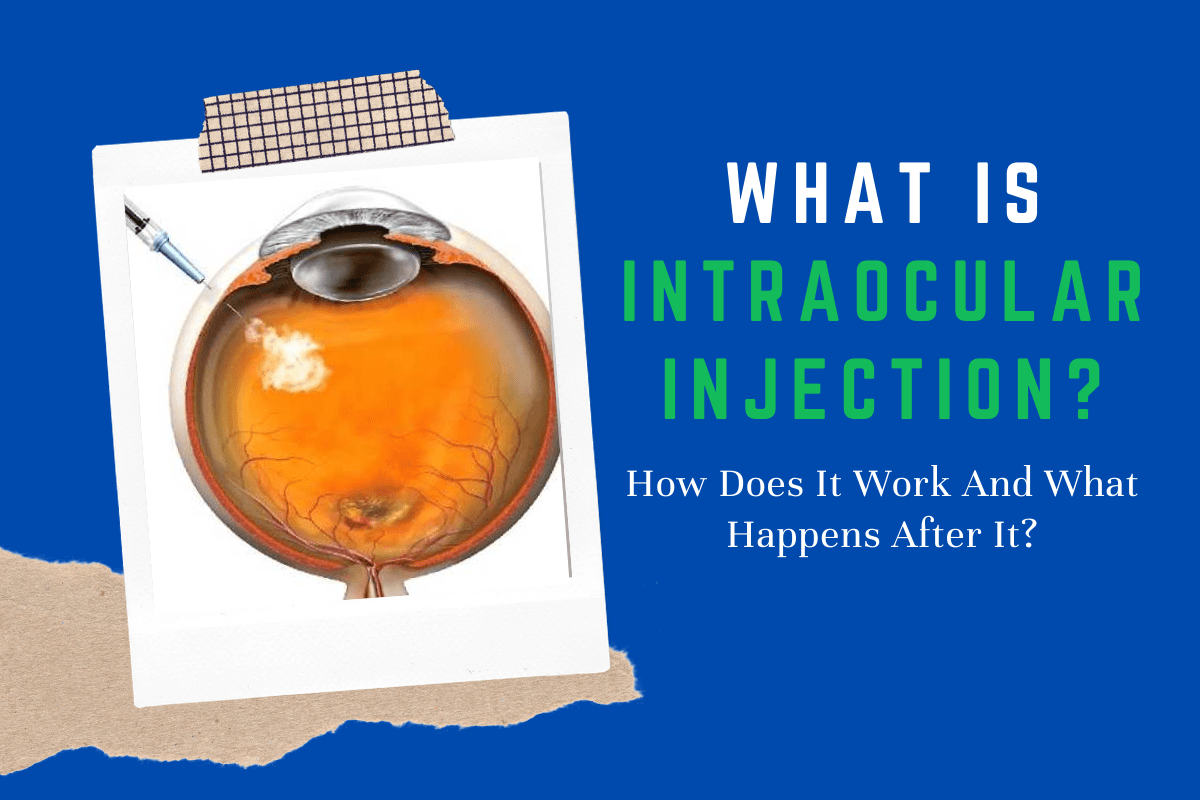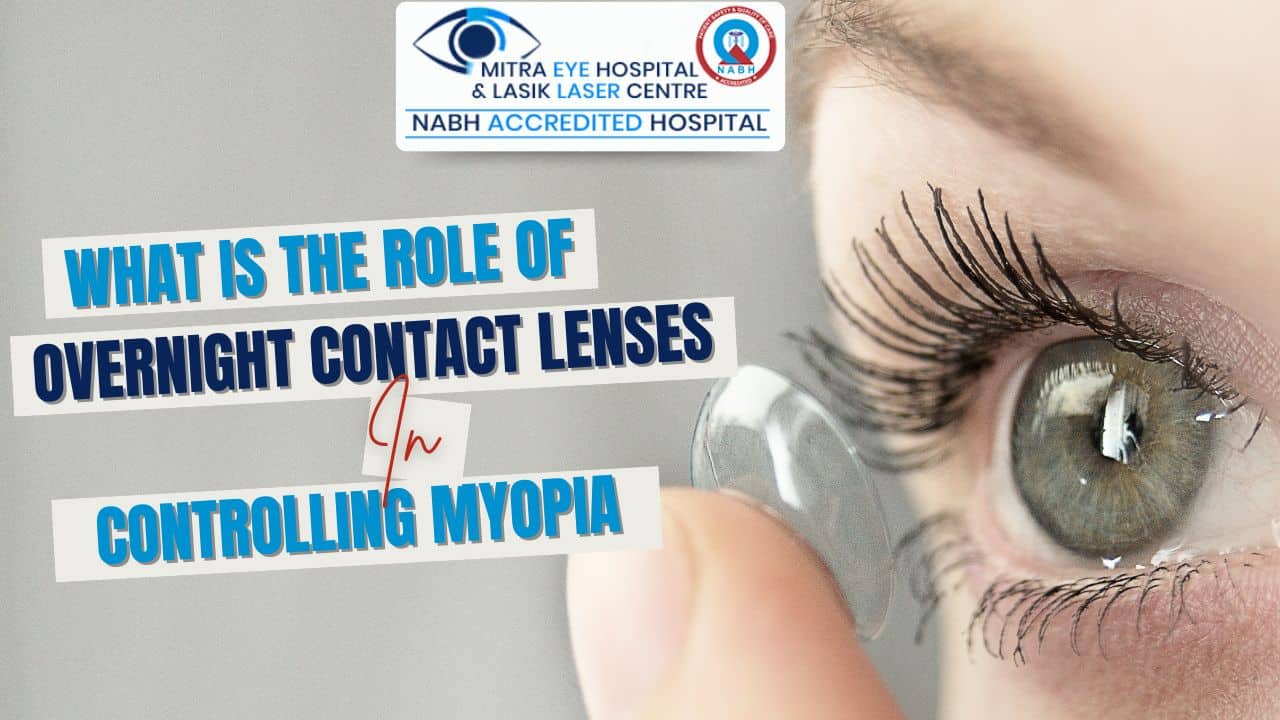
What is Intraocular injection? How does it work and what happens after it?
You might be thinking ‘Getting an injection in the white part of the eyes will be painful’. No doubt, it is easy to think this way. This is where you must consult the best eye specialist and understand the treatment. In most cases, intraocular injections are done to manage retinal conditions like:
- Macular degeneration
- Retinal vein Occlusion
- Diabetic Retinopathy
If you avoid or don’t get the treatment, then the chances of permanent vision loss are higher.
Do you know what causes eye blurriness?
Chemical vascular endothelial growth factor (VEGF) makes eyes blurry. When you get these injections, this problem will stop or slow down as Anti-VEGF medications are injected.
How Intraocular Injections Work?
In total, it takes around 30 minutes in the hospital, and the injection is done within 1 minute. The doctor will perform the following steps:
- Initially, you will be given anesthesia and for comfort, the doctor will put in the anesthetic eye drops.
- The eyelids are cleaned with a special solution and bacteria is destroyed which may lead to infection.
- An instrument named speculum is applied to keep the eyes open and it won’t hurt at all.
- The eyes are stabilized with a small instrument or cotton tip so that the eyes do not shift.
- Right away, the eye doctor will insert the needle and it might feel slight pressure, that too for a few seconds.
- After that, the doctor will clean the eyes, and you are done.
What happens after Intraocular injection?
- Make sure to take the antibiotics drops are prescribed by the doctor
- You can perform normal activities after the injection.
- For a few days, you might see small floaters or specks.
- All the side effects you will have are just for the first week.
- Visit the doctor for follow-up appointments on the 4th to 6th week.





